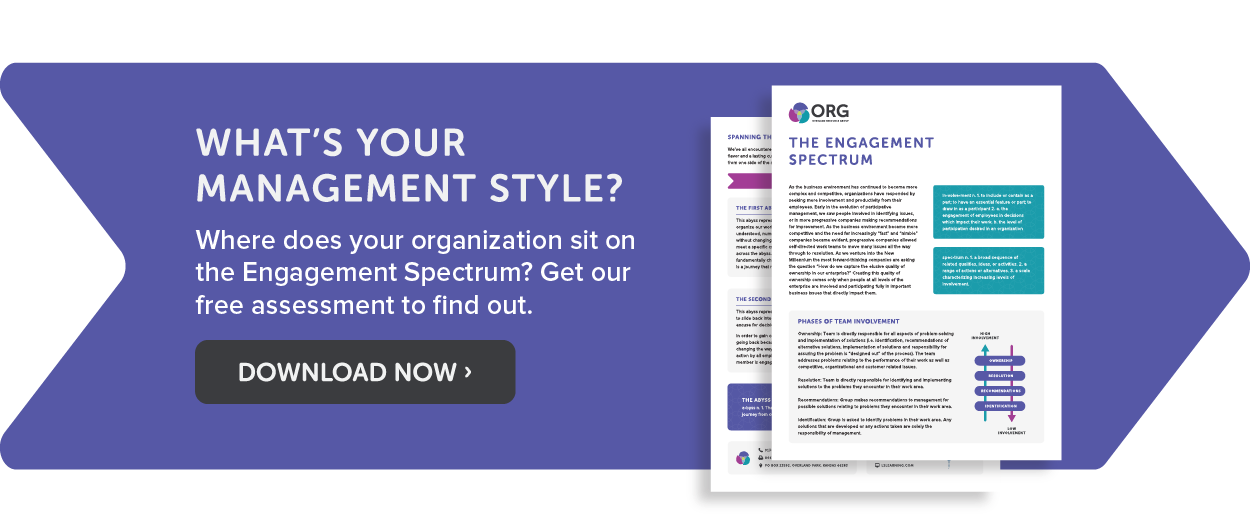The following originally appeared in the Boston Globe on August 20, 2012
Tackling the Jobs Issue – Not Each Other
Given the heated political environment and the tenuous state of the economy, Labor Day takes on added significance this year. The holiday is sandwiched between the Republican and Democrat presidential conventions, where the question foremost in most voters’ minds is, “Where are the jobs?”
On this we can all agree: America needs more, better paying and more secure jobs. That song is the same regardless of the choir. But the harmony ends when it comes to the particulars – how did we get to this place of persistent high unemployment and how do we get out? Instead of workable solutions and new ideas, we are treated to a constant refrain of grandstanding and finger-pointing. Politicians, as well as labor and management leaders, have perfected the art of war at the expense of job protection and creation and America’s success in a global economy.
It doesn’t bode well for Labor Day, 2012. The political conventions and Labor Day rallies are mini-combat training camps where rank-and-file members of the parties, unions and Big Business learn battle cries and tactical maneuvers for fighting against each other. Compounding matters, the media rewards those who offer up the most rancorous rhetoric about such issues as unemployment, out-sourcing and corporate/union “greed.”
The result will be even more polarization and continued gridlock in both government and industry, hampering economic growth and employment.
It is hard to find a bright spot amid all the blaming and jockeying for political position. But if we can put aside our ideologies and rhetorical weapons for just a moment, we can find cause for optimism in the form of a tested solution that could have a meaningful, positive effect on our nation’s employment picture.
Just as our major source of conflict can be summed up in the word “jobs,” this particular solution can also be boiled down to one word: “collaboration.”
What is collaboration? In the words of General Electric CEO Jeffrey Immelt in a recent Harvard Business Review piece, collaboration consists of “engaging the entire workforce, from design to development to assembly” and “having the best people but also empowering them to execute.” In a collaborative environment, labor and management address problems as a team. Immelt believes collaboration (or “human innovation”) is critical to America’s ability to compete in the global marketplace. He credits GE’s impressive gains in the appliance business to a collaborative approach. At their once-struggling Louisville, Kentucky, refrigerator plant, for example, GE has managed to reduce the time required to produce units by 68%. This is among several improvements that have been realized by labor-management product teams that set goals and metrics and work together to achieve them. Collaboration is helping GE to regain its competitiveness in the appliance business, to create thousands of new American jobs, and to return jobs that had previously gone overseas.
There are many other examples of collaboration successfully transforming organizations. Take Boeing Corporation’s V22 helicopter plant in Philadelphia: Once threatened with closure and the elimination of thousands of jobs, Boeing used collaboration to completely change the culture of the plant. By identifying shared interests, establishing joint goals and developing communication and conflict resolution skills, labor and management began to work together to create more productive structures and processes. More labor-inclusive operational planning and a gain sharing program that rewarded innovation and cost-reduction resulted in dramatic productivity gains. A decade later, the plant boasts double-digit returns and the production of V22 helicopters has increased six fold.
What makes it work? The collaboration process elicits the best ideas from every corner and every level of an organization. It’s not an easy solution; it requires widespread and long-term commitment, collaborative structured, proven processes, training, communication and leadership skill-building. But at its core, as GE’s Jeffrey Immelt tells us, labor-management relations based on honesty and mutual respect, and a recognition that both sides have an interest in the success of the enterprise, can lead to competitive advantage.
We all agree on the problems – lack of job growth and security. And we know that our current culture of conflict, both in politics and in the workplace, is not working. Political, labor and management leaders should turn their energy from fighting AGAINST their fellow Americans to fighting FOR their fellow Americans. Collaboration can help put our country back to work.
Robert Hughes


